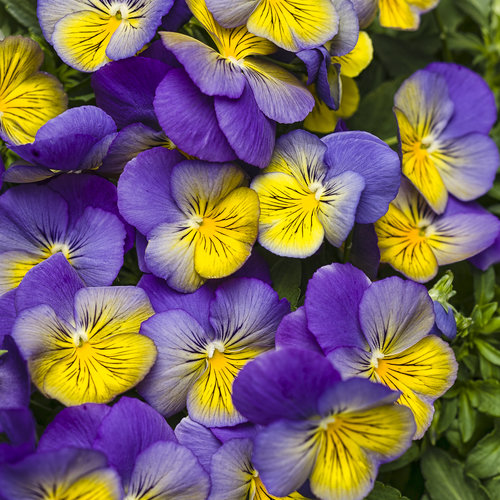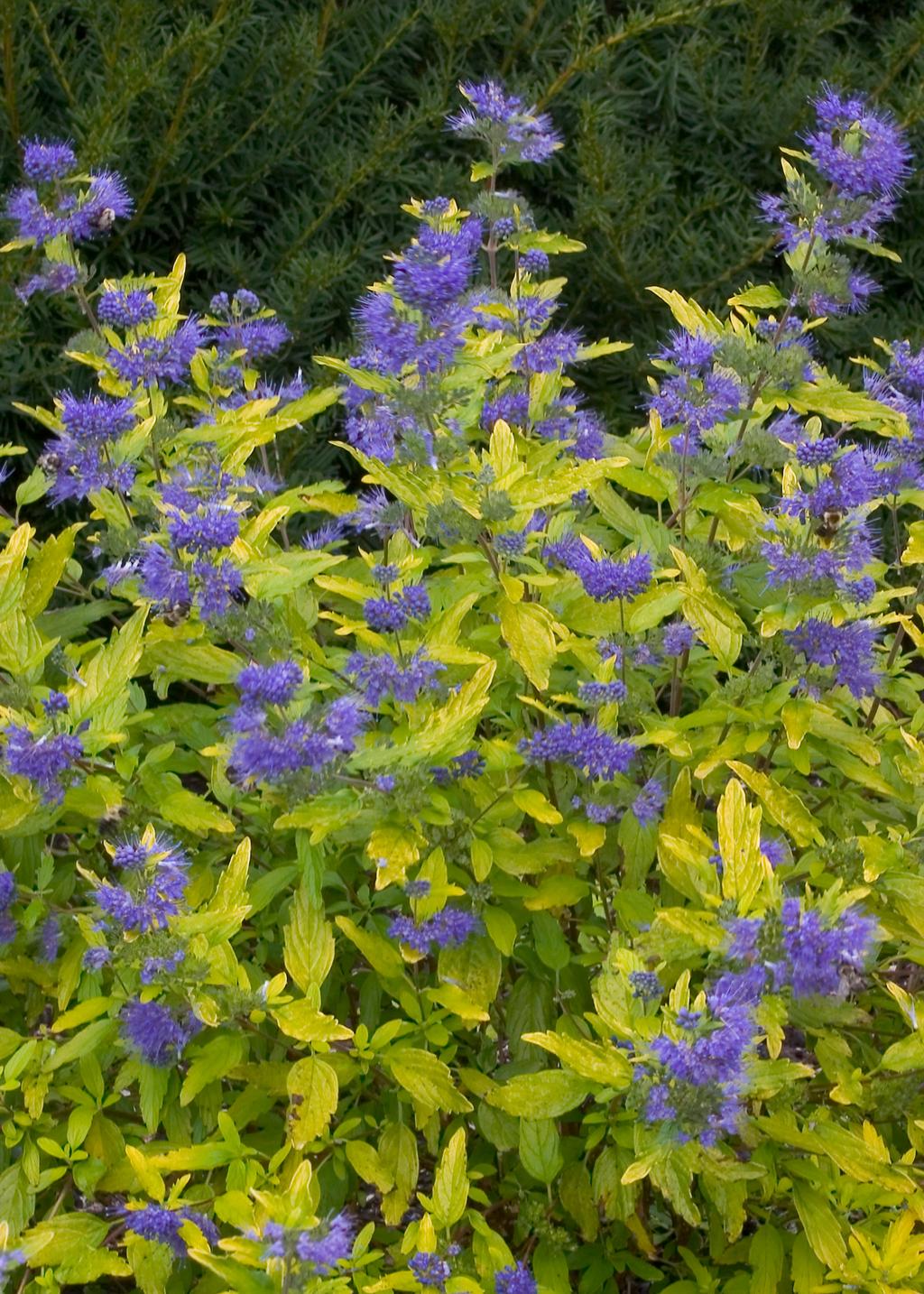Is It Time Yet?
Learn when is the best time to plant your annuals, perennials, and shrubs.
With the onset of the first few days of warm weather, the impulse to get out in the garden and plant can become very strong. However, it is usually best to wait until the weather is warmer to really get started planting. For many novice gardeners knowing when to go ahead and plant can be confusing. To make things more complicated, not everything can be planted at the same time. However, rest assured there are general rules that you can use to know when to plant.
In order to know when it is best to start planting in spring you should know your average frost-free date. The frost-free date is, as you might guess, the date when it is fairly likely you will no longer get frost. Many plants aren't able to withstand frost so knowing this date is important. Your local independent garden center should be able to give you a pretty good idea of this date. For those of you in the United States, your county extension agent is another good source for this information. To find your local agent, click here.
Plants will differ on the best time for planting. Here are some guidelines for which plants can be planted at different times.
Early Spring - As Soon as the Ground is Workable
- The ground is considered workable as soon as it is no longer frozen and it is not too wet to work. To determine if the ground is too wet to work, squeeze a handful of dirt in your hand, it should fall apart easily. If it sticks together the ground is too wet to work.
- Bareroot perennials, as long as they are dormant, can be planted now.
- Very cold tolerant annuals such as violas, primroses and pansies can be planted, they must be hardened-off in order to survive. Check with the garden center where you buy the plants to find out if they are already hardened-off or if you need to do this yourself.
- Certain cold crop vegetables can be seeded at this time, notably peas and spinach. Seed onions can also be planted.
- Dormant shrubs and trees can be planted as well.
Related: 17 Spring Flowers for a Cheerful Garden
Early Spring - Two to Three Weeks Before the Threat of Frost is Passed
- This is the first time we are using the frost-free date. There are annuals that are perfectly happy to withstand multiple frosts and continue to bloom, such as nemesia, diascia, snapdragons and osteospermum. These are good choices for early spring color. Again, it is important they be hardened-off to survive.
- Many potted perennials can be planted, make sure they were grown outside or in coldframes so they are acclimated to the cold temperatures of early spring. If the plants were grown outside and are hardy for your area, you should be able to plant them.
- Bareroot perennials can be planted.
- Shrubs and trees, either dormant or leafed out, can be planted as long as they were grown outside.
- Cool season vegetables can be seeded or planted out. Things like lettuce, broccoli, cauliflower, carrots, radishes and seed potatoes (not potato plants which will not tolerate a freeze) can be planted.
Spring - After Threat of Frost has Passed
- Again, use your frost-free date as a guideline. While there is no guarantee that you won't still get frost, it is somewhat unlikely to happen. If you are predicted to have frost cover tender plants.
- Any annual or vegetable can be seeded at this time.
- Transplant any annual or vegetable plants, including potato plants.
- Any perennial plants, bareroot or potted, can be planted out at this time.
- Trees and shrubs, either bareroot or potted, can be planted at this time. Plants that have leafed out can be planted, as well.
- Perennials that aren't blooming can be dug and divided, for more on dividing perennials click here.
- Summer blooming, non-hardy bulbs and bulb-like plants can be planted, for instance dahlias, colocasia (elephant ear), and gladiolas. These bulbs are not cold tolerant and will not last the winter outdoors in most areas.
Summer
Most plants can be planted or transplanted in summer, but they will generally take more attention and care to survive. Due to the hot weather of the summer months, you will need to be sure to provide adequate water and these plants may need to be babied.
- If at all possible, do NOT dig and divide perennials, especially those in bloom.
- Heat tolerant annual or perennial plants can be planted with good success in summer.
- Plants that aren't heat tolerant will struggle if planted in the summer.
Fall
- Once the weather begins to cool, fall is a great time to plant many perennials, bulbs, shrubs and trees. In fact, for many of these plants fall is the BEST time to plant.

- Plant shrubs and trees, they will establish root systems by the time spring rolls around.
- Plant perennials of all kinds.
- Fall is a GREAT time to dig and divide most perennials, do NOT do so with any that are blooming.
- Plant cold tolerant annuals - these can bloom for weeks in the fall. Diasica, nemesia, and osteospermum are all good fall planted plants. Plant early so you get maximum enjoyment.
- Winter hardy pansies and violas should be planted, you will get a bloom in fall and again in spring.
- Spring blooming bulbs can be planted.
Fall - As Long as the Soil is Workable
- Spring blooming bulbs can be planted any time as long as the ground isn't frozen.
- Shrubs and trees can be planted, however, earlier in fall is better as it allows for best root establishment before winter.
- Cold tolerant perennials can be planted, but they will be more winter hardy if planted earlier in fall. Losses are more likely if they are planted late in fall.
When you are just starting out, knowing when to plant can be scary and intimidating. Try not to worry too much. Mother Nature is really pretty forgiving. The perfect time to plant isn't just one or two days, prime planting time goes on for weeks. So, relax, enjoy the sunshine and feel the dirt in your hands! Be sure to take a moment to notice the birds and the butterflies sharing your garden with you, after all gardening should feed your soul.





